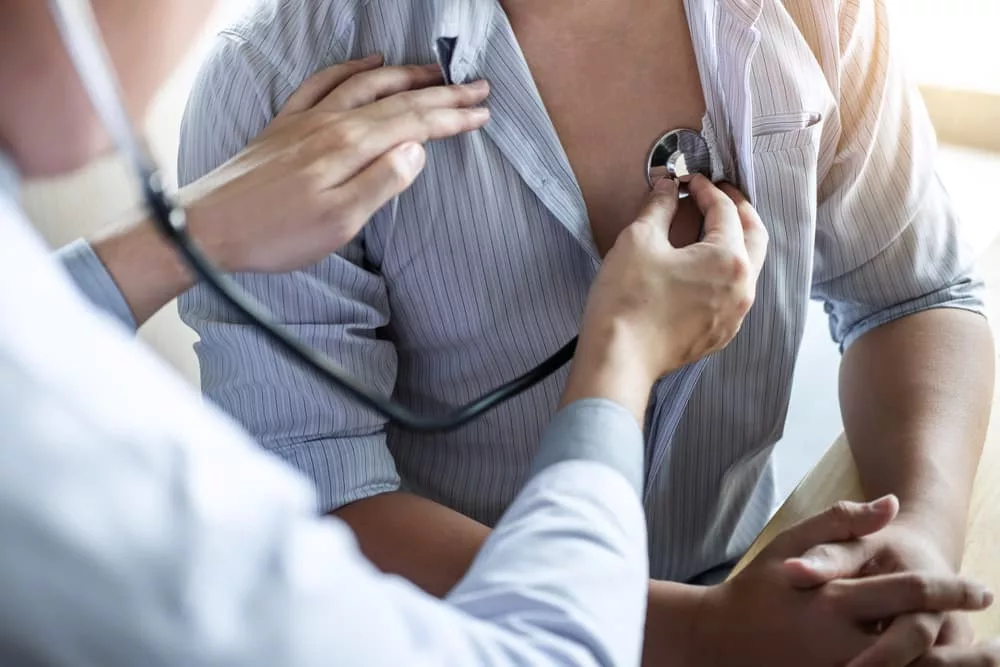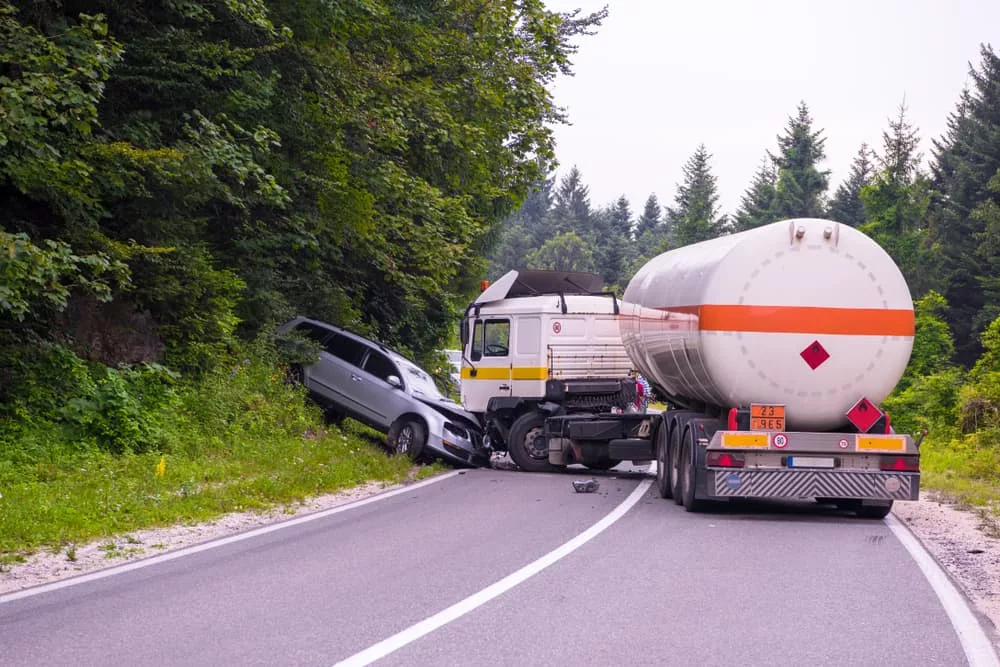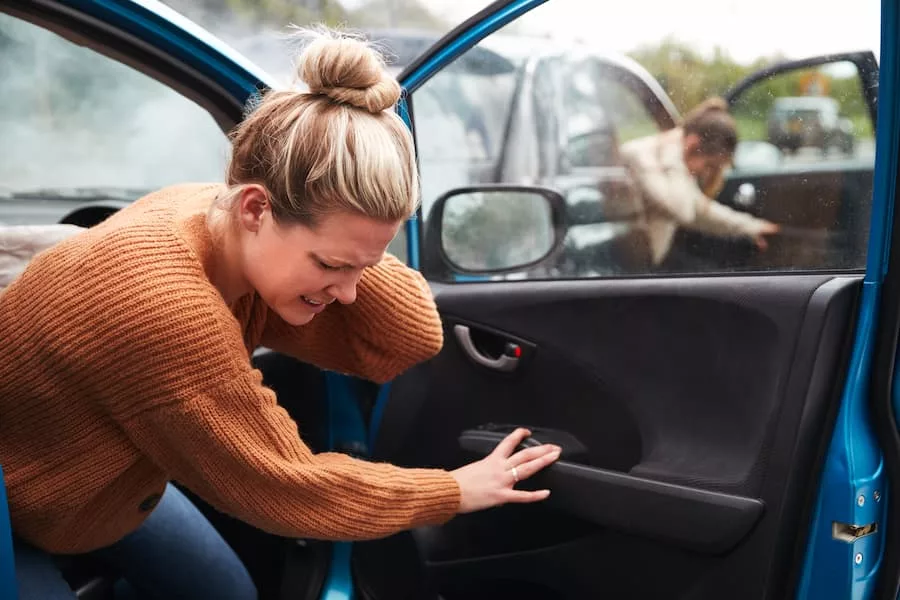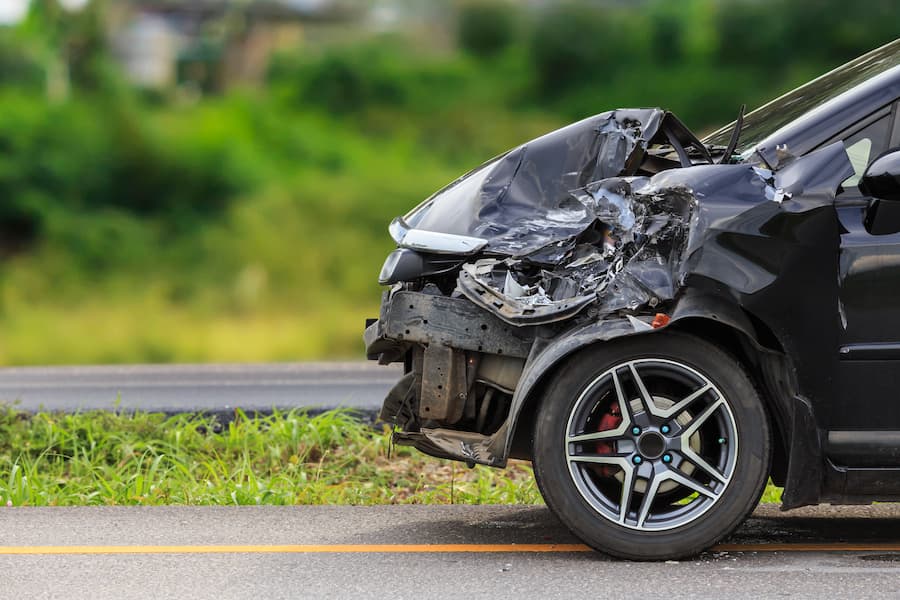Types of Car Accidents
If you’re a Florida driver, it’s a good idea to spend a few minutes learning about the different types of car accidents. You might think this information is unimportant because you feel that only reckless drivers get into accidents or that avoiding collisions is mostly a matter of luck.
But knowing about common accidents will keep you safer. A little extra knowledge can help you prevent potential accidents and know what to do if they happen.
Knowing the different types of car accidents allows you to prepare for the unexpected, which is vital since any type of crash can happen anytime. Understanding the most common kinds of accidents and how they occur means you can take steps to reduce your chances of causing or getting hurt in one. For instance, knowing that rear end accidents are prevalent might encourage you to reduce your speed and increase your following distance the next time you get behind the wheel. Reach out to a Miami car accident lawyer.
Reviewing common types of car accidents could also be helpful if you get hurt in an accident. When you know which kinds of accidents occur most often, you’ll have a head start when it comes to determining what caused the wreck, who might be responsible for your injuries, and what you can do to protect your rights. This blog discusses the various types of car accidents that occur most often in Miami, why they’re so dangerous, and what you can do to prevent them.
Head On Collisions
A head on or frontal collision occurs when the front end of one vehicle collides with the front end of another vehicle going in the opposite direction.
Head on collisions are rare, fortunately. According to the National Highway Traffic Safety Administration (NHTSA), the U.S. saw 112,729 head on accidents in one recent year, representing just over 2.1 percent of all motor vehicle crashes that year. However, 3,631 head on accidents were fatal that year, accounting for a whopping 10.2 percent of all fatal car accidents in Florida.
Because head on collisions are so dangerous, knowing what causes them is essential. Many head on accidents occur at intersections when negligent drivers run red lights, blow past stop signs, or otherwise fail to yield the right of way. Some head on accidents happen on undivided highways when intoxicated, tired, or reckless drivers cross the centerline toward oncoming traffic.
Rear End Accidents
A rear end accident occurs when the front end of one vehicle (the following vehicle) collides with the rear end of the vehicle in front of it (the leading vehicle).
Rear end accidents are consistently the most common type of car accident in the U.S. NHTSA reports that nearly 1.5 million rear-end accidents occurred nationwide in one recent year, representing 27.8 percent of all accidents that occurred that year. As a result of these rear end accidents, there were more than one million instances of property damage, 417,062 reported injuries, and 2,428 deaths that year.
Many contributing factors make rear end accidents the most common type of accident in the country, but most of them boil down to plain and simple inattention. Texting while driving is a significant factor in many rear end collisions since texting motorists are more likely to overlook changes in traffic flow and crash. Some rear end accidents also happen because inattentive leading drivers cut off other drivers in traffic without signaling.
Sideswipe Accidents
A sideswipe car accident occurs when the broad side of one vehicle scrapes or swipes against the broad side of another vehicle traveling in the same or the opposite direction.
Sideswipe accidents are another widespread type of car accident in the U.S. Per NHTSA data, 622,222 sideswipe accidents nationwide represented 11.8 percent of all car accidents happening in one year. Relatively few sideswipe accidents are fatal (2.7 percent), but 950 of these wrecks still resulted in fatalities.
Driver inattention is also a significant contributing factor among sideswipe accidents. Many sideswipe crashes occur when drivers accidentally drift into neighboring lanes or change lanes without checking their blind spots. Some sideswipe accidents also happen when drivers in side-by-side turning lanes fail to stay within the lines. Sideswipe wrecks often involve drivers who are drowsy, under the influence, or simply distracted.
T Bone Crashes
A T bone car crash occurs when the front end of one vehicle collides with the broad side of another, resulting in a wreck resembling a capital “T.”
T-bone car accidents are an example of angle-impact crashes, which are the second-most common type of car accident in the U.S. Tragically, these accidents are also the most likely to kill people. NHTSA reported 1.2 million angle-impact crashes in the U.S., 6,432 of which resulted in fatalities in one year. In other words, a staggering 18 percent of angle-impact accidents that year killed someone.
T bone accidents commonly occur when drivers fail to yield the right of way at intersections and in merge zones. As traffic approaches these areas from multiple directions, drivers who don’t understand or care about right-of-way laws tend to make risky or illegal maneuvers that cause devastating crashes at 90-degree angles. Vehicle occupants seated on the same side as the impact in a T bone crash are especially vulnerable to serious crash injuries.
Distracted Driving Accidents
A distracted driving accident occurs when a driver becomes absorbed in distracting sights, thoughts, or activities and collides with another road user as a result.
According to data from the Florida Department of Highway Safety and Motor Vehicles (FLHSMV), more than a hundred thousand distracted driving accidents occurred in Florida in one recent year. As a result of these accidents, tens of thousands of people suffered preventable crash injuries, and 314 people died.
Distracted driving occurs when drivers focus their attention on manual, visual, or cognitive distractions rather than the road ahead. A manual distraction causes a driver to take their hands off the wheel, such as handling food or adjusting radio knobs. A visual distraction takes a driver’s eyes off the road, such as a text message or billboard. A cognitive distraction takes a driver’s mind off the road, such as a phone conversation or train of thought.
Alcohol and Drug-Related Accidents
An alcohol- or drug-related accident occurs when a driver who is under the influence of drugs, alcohol, or both collides with another vehicle.
FLHSMV statistics show that car accidents involving drivers under the influence of drugs and alcohol are sadly common in Florida. In just one year, 4,554 alcohol-related accidents, 708 drug-related accidents, and 380 drug- and alcohol-related crashes took place statewide. Collectively, these accidents resulted in more than one thousand preventable traffic deaths in Florida that year.
Getting behind the wheel of a car after drinking alcohol or consuming certain drugs is dangerous for several reasons. Alcohol impairs critical thinking skills, reaction time, and depth perception, which are all essential for safe driving.
Unregulated drugs are even more dangerous, as many users have no easy way to effectively measure out dosages or know which symptoms to expect, leading to unpredictable consequences. Even certain prescription medications can leave drivers dangerously drowsy, disoriented, or agitated.
Speeding Accidents
A speeding accident occurs when a driver exceeds the posted speed limit or drives too fast for present road conditions and collides with another road user as a result.
Florida is notorious for widespread traffic congestion, and many drivers try to make up for their lost commute time by speeding whenever possible. In one recent year, 415 people died, and thousands more suffered injuries due to Florida car accidents involving speeding and aggressive driving. Exceeding posted speed limits was one of the top ten most common types of driver behaviors that contributed to fatal accidents that year.
Speeding can lead to accidents in several ways. Drivers who go too fast leave themselves little room for error, meaning small mistakes often have huge ramifications. A speeding driver has less time to react when traffic conditions change, takes more time to come to a complete stop, and needs more room to maneuver as they go.
Rollover Accidents
A rollover accident is another type of accident that results from speeding. In a rollover accident, a car flips over once or multiple times. If a driver takes an exit ramp too fast, their car could roll over. If a driver is speeding and the tires on one side of the car run up over an elevated feature, either a curb or an embankment, the vehicle could flip over.
Rollover accidents can also result from head on collisions if the accident involves a speeding driver. Oversteering and overcorrecting can also lead to rollover accidents.
Young Driver Accidents
A young driver accident occurs when a teen or young adult driver causes a wreck.
According to the FLHSMV, there were 13,306 Florida car accidents involving drivers between 15 and 17 in one recent year. As a result of these accidents, 29 drivers between the ages of 15 and 17 died that year. There were also 39,968 Florida crashes involving drivers between 18 and 20 and 53,653 accidents involving drivers between 21 and 24 that year.
Teen and young adult drivers are more likely to cause traffic accidents for several reasons. For one, these drivers have less experience than most other drivers, so they are less likely to know how to respond in unexpected situations. Younger drivers are also more likely to be reckless or impulsive on the road. Finally, many young drivers are constantly online, meaning they are more likely to engage in distracted driving.
Motorcycle Accidents
A motorcycle accident occurs when a motorcycle rider collides with a motorist or another road user, such as a pedestrian.
FLHSMV data indicates that there were 8,045 motorcycle accidents throughout the state of Florida in one recent year. Of these motorcycle accidents, 552 resulted in fatalities, and nearly 7,000 resulted in reported injuries. That year, 517 motorcyclists and 35 motorcycle passengers died in Florida traffic accidents. Of the people who died in Florida motorcycle wrecks that year, 231 motorcyclists and 22 passengers were not wearing helmets at the time of the crash.
Motorcycle accidents can happen for many reasons, but lots of them occur due to the negligence of vehicle drivers. Many motorists harbor unconscious prejudices against motorcycle riders, assuming they’re all reckless speed junkies who don’t deserve respect. Other drivers simply fail to notice motorcyclists because they’re not looking out for smaller vehicles in traffic, increasing the risk of accidents for everyone.
Bicycle Accidents
A bicycle accident occurs when a cyclist collides with a vehicle, usually resulting in severe injuries for the cyclist.
Per the FLHSMV, there were 5,952 bicycle accidents throughout the Sunshine State in one recent year. As a result of these accidents, more than 5,000 people suffered reported injuries, and 169 people died. This means more than 90 percent of all Florida bicycle accidents that year resulted in injuries, and 2.8 percent resulted in fatalities.
Many Florida cycling accidents occur because drivers don’t understand or respect the rights of cyclists, which are essentially the same as the rights of all other vehicle drivers. Many drivers cause bicycle accidents when they fail to yield the right of way to cyclists, drive too closely to designated bike lanes, or forget to check their surroundings before opening car doors.
Pedestrian Accidents

A pedestrian accident occurs when a vehicle driver or other road user strikes a pedestrian, the most vulnerable type of road user.
Pedestrian accidents occur far too often in Florida. In one recent year alone, the FLHSMV reports there were 8,117 pedestrian crashes statewide. These pedestrian accidents resulted in more than 6,000 reported injuries and 715 pedestrian fatalities. This means more than 70 percent of all Florida pedestrian accidents that year resulted in injuries, and 8.8 percent resulted in fatalities. Reach out to a Miami personal injury lawyer.
Like all road users, pedestrians have certain responsibilities when they’re on the road with traffic. But most pedestrian accidents occur because of driver negligence rather than pedestrian mistakes.
Many Florida pedestrian accidents occur in crosswalks, parking lots, and residential areas, where vehicular and foot traffic frequently intersect. The top causes of pedestrian accidents in Florida include driver distraction, texting while driving, impaired driving, failure to yield the right of way, and other driver errors.
Related articles
Related articles Related articles Related articles Related articles Related articles Related articles Related articles Related articles Related articles Related articles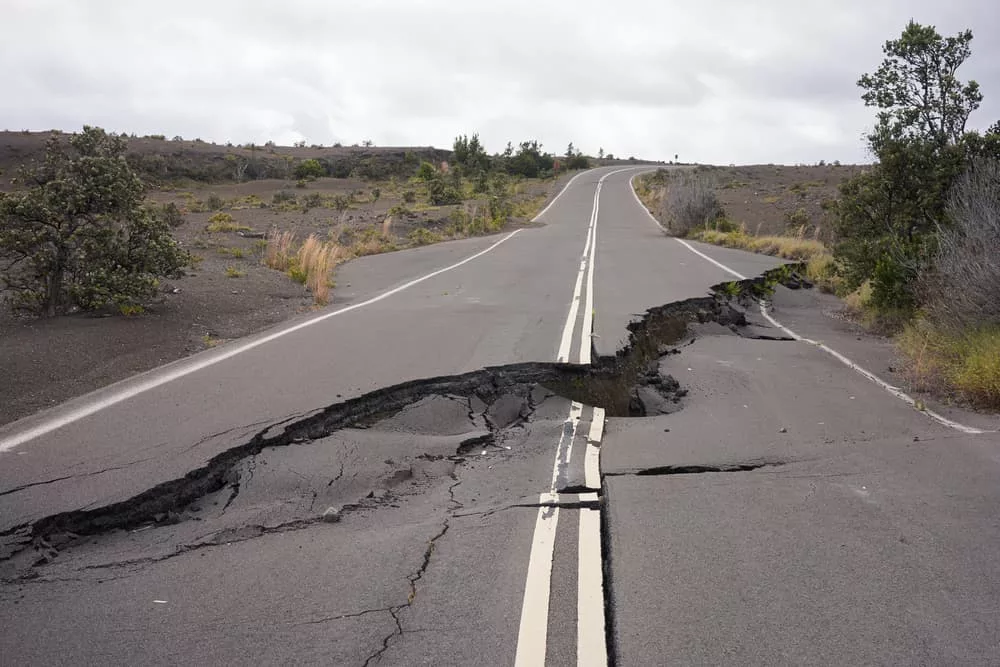
Car Accident
18 Jan 2024
Who Is Liable if a Road Hazard Causes a Car Accident?
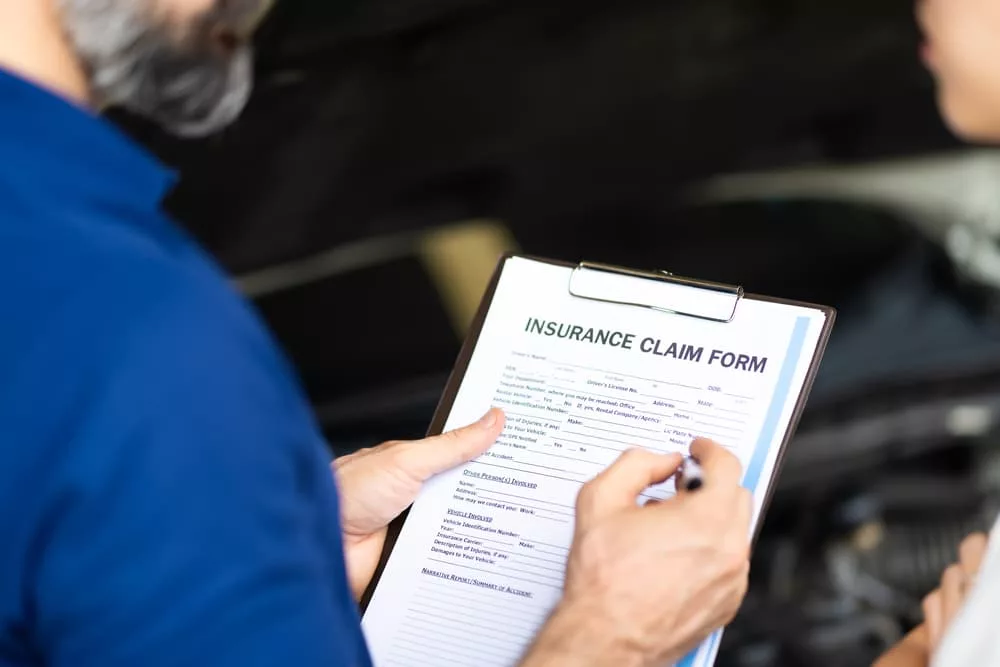
Car Accident
16 Jan 2024
How to File a Car Accident Claim as a Passenger
